Xanthoceras sorbifolium
Xanthoceras sorbifolium
1. The products in our compound library are selected from thousands of unique natural products; 2. It has the characteristics of diverse structure, diverse sources and wide coverage of activities; 3. Provide information on the activity of products from major journals, patents and research reports around the world, providing theoretical direction and research basis for further research and screening; 4. Free combination according to the type, source, target and disease of natural product; 5. The compound powder is placed in a covered tube and then discharged into a 10 x 10 cryostat; 6. Transport in ice pack or dry ice pack. Please store it at -20 °C as soon as possible after receiving the product, and use it as soon as possible after opening.
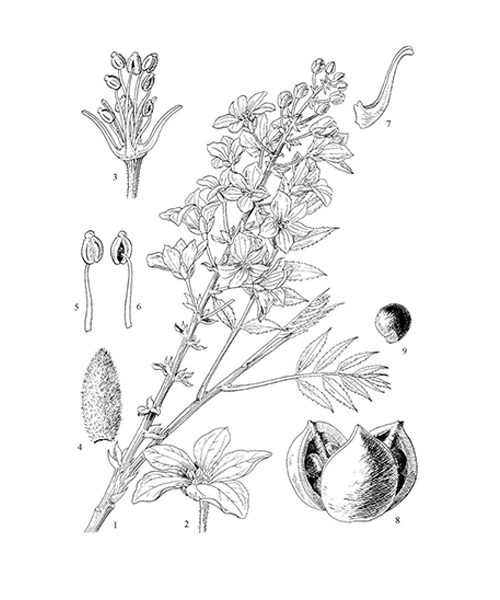
Natural products/compounds from Xanthoceras sorbifolium
- Cat.No. Product Name CAS Number COA
-
BCN9049
Hydroquinone123-31-9
Instructions
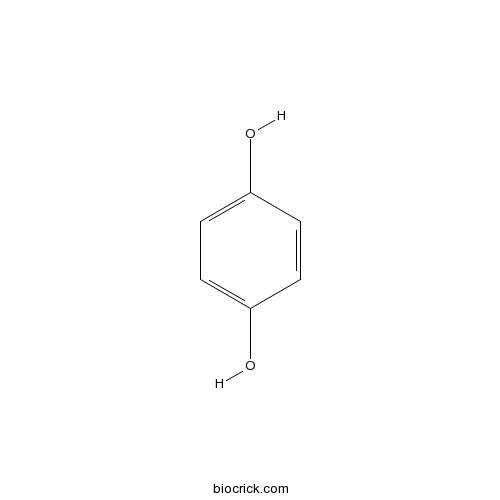
-
BCN5160
Ampelopsin27200-12-0
Instructions
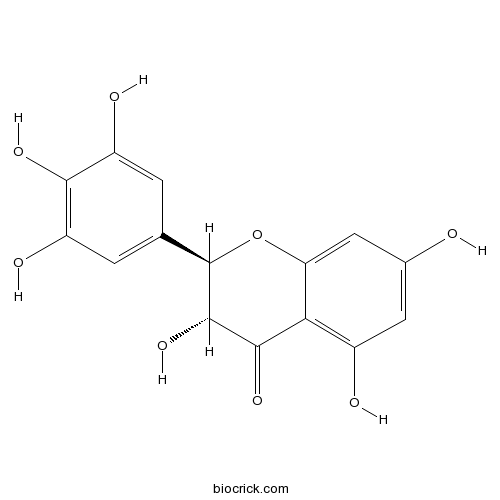
-
BCN5528
Betulin473-98-3
Instructions
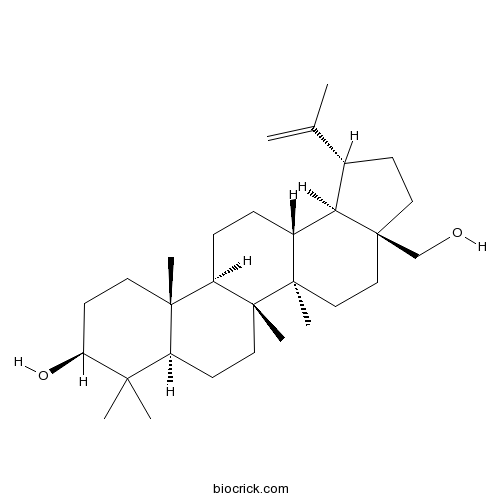
-
BCN5564
alpha-Spinasterol481-18-5
Instructions
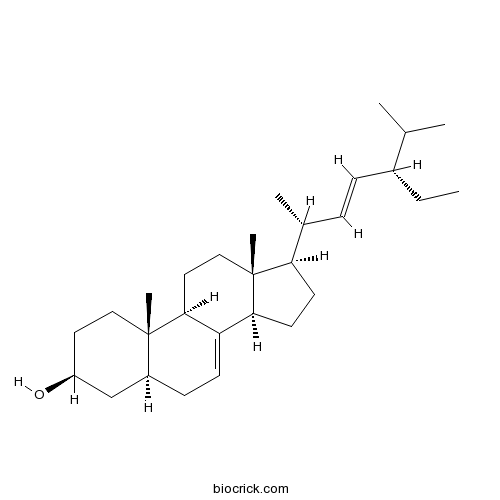
-
BCN5567
Chrysophanol481-74-3
Instructions
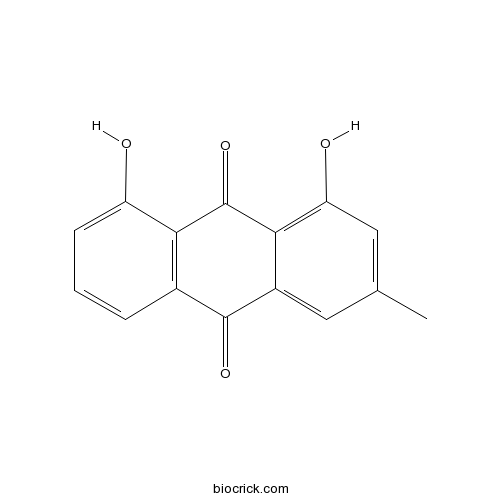
-
BCN1237
Fraxin524-30-1
Instructions
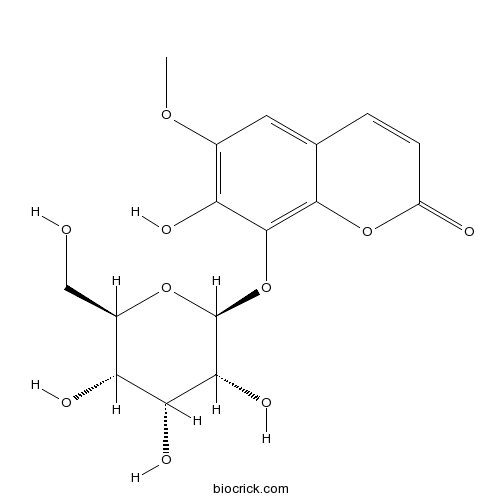
-
BCN5903
Fraxetin574-84-5
Instructions
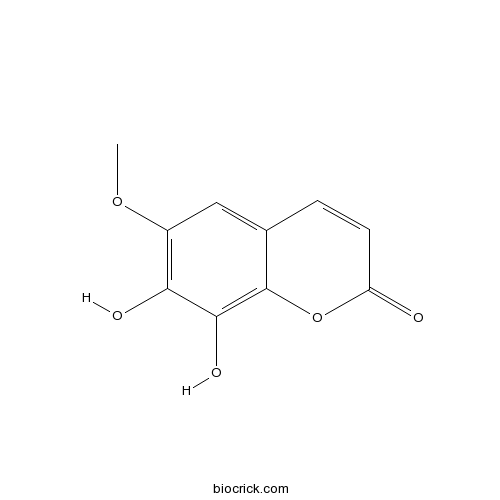
-
BCN9061
(±)-Naringenin67604-48-2
Instructions
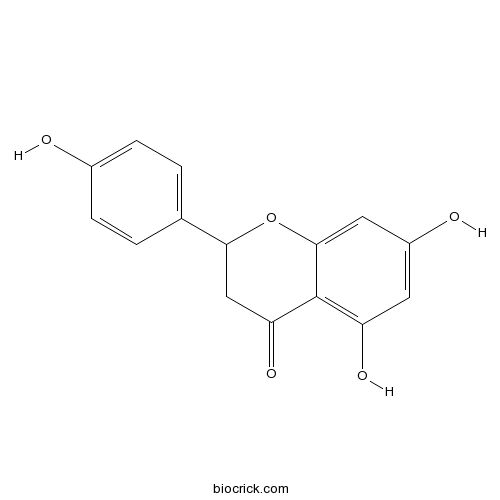
-
BCN2454
Anemosapogenin85999-40-2
Instructions
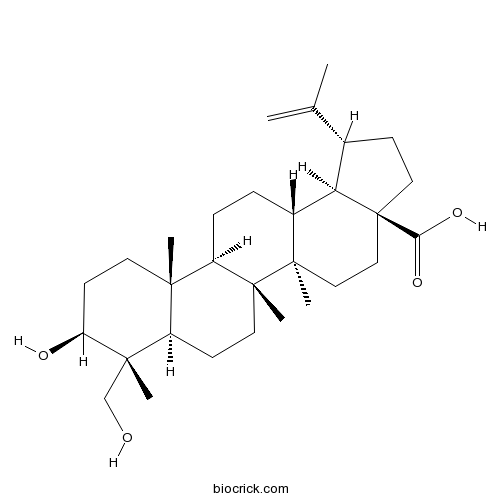
-
BCN6309
Coumarin91-64-5
Instructions
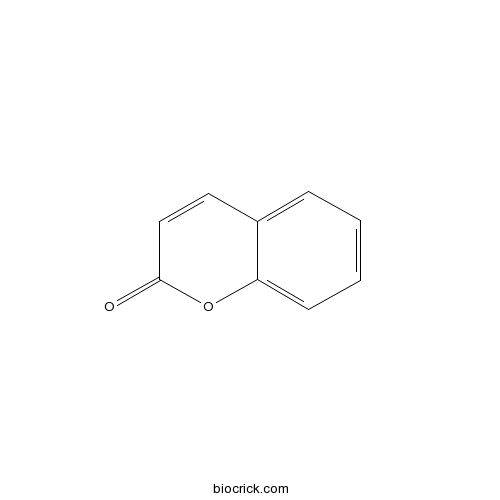
-
BCN4477
Umbelliferone93-35-6
Instructions
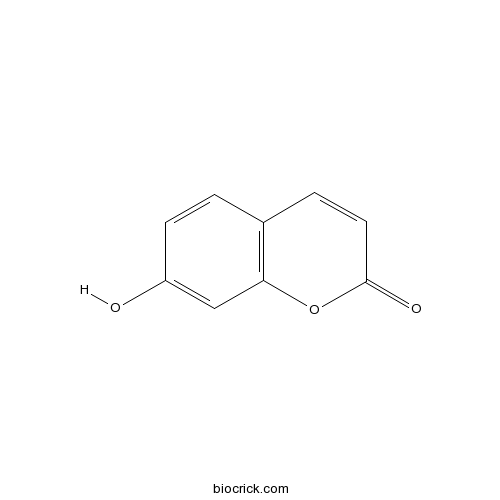
The superoxide dismutase genes might be required for appropriate development of the ovule after fertilization in Xanthoceras sorbifolium.[Pubmed: 29387898]
Superoxide dismutase genes were expressed differentially along with developmental stages of fertilized ovules in Xanthoceras sorbifolium, and the XsMSD gene silencing resulted in the arrest of fertilized ovule development. A very small percentage of mature fruits (ca. 5%) are produced relative to the number of bisexual flowers in Xanthoceras sorbifolium because seeds and fruits are aborted at early stages of development after pollination. Reactive oxygen species (ROS) in plants are implicated in an extensive range of biological processes, such as programmed cell death and senescence. Superoxide dismutase (SOD) activity might be required to regulate ROS homeostasis in the fertilized ovules of X. sorbifolium. The present study identified five SOD genes and one SOD copper chaperone gene in the tree. Their transcripts were differentially expressed along different stages of fertilized ovule development. These genes showed maximum expression in the ovules at 3 days after pollination (DAP), a time point in which free nuclear endosperm and nucleus tissues rapidly develop. The XsCSD1, XsFSD1 and XsMSD contained seven, eight, and five introns, respectively. Analysis of the 5'-flanking region of XsFSD1 and XsMSD revealed many cis-acting regulatory elements. Evaluation of XsMSD gene function based on virus-induced gene silencing (VIGS) indicated that the gene was closely related to early development of the fertilized ovules and fruits. This study suggested that SOD genes might be closely associated with the fate of ovule development (aborted or viable) after fertilization in X. sorbifolium.
Genetic diversity of Xanthoceras sorbifolium bunge germplasm using morphological traits and microsatellite molecular markers.[Pubmed: 28570701]
Xanthoceras sorbifolium Bunge has great potential for producing biodiesel. In order to select and evaluate appropriate germplasm to produce biodiesel, we analyzed the genetic diversity of Xanthoceras sorbifolium Bunge germplasm based on morphological traits and simple sequence repeats (SSRs) in this study. Fifty-six germplasm samples were evaluated using nine morphological traits and 23 SSR loci. Significant differences among germplasms were observed in eight morphological characters. The SSR markers analysis showed high genetic diversity among the germplasms. All SSRs had polymorphisms, and we detected 77 alleles in total. The number of alleles at each locus ranged from two to six, averaging 3.35 per marker. The polymorphic information content values ranged from 0.36 to 0.61, averaging 0.49. Expected heterozygosity, observed heterozygosity, and Shannon's information index calculations detected large genetic variations among germplasms. The high average number of alleles per locus and the allelic diversity observed in the set of genotypes analyzed indicated that the genetic base of this species is relatively wide. Thus, microsatellite markers can be used to efficiently distinguish Xanthoceras sorbifolium Bunge germplasms and assess their genetic diversity. Hundred-grain weight and lateral diameter were positively correlated with monounsaturated fatty acids and depended on genotype. These results suggest that seeds with higher hundred-grain weight and lateral diameter could be more suitable to produce biodiesel. Our data will lay a foundation for selecting appropriate germplasm to produce biodiesel based on seed phenotype and will contribute to the conservation and management of this important plant genetic resource.
Comparative De Novo Transcriptome Analysis of Fertilized Ovules in Xanthoceras sorbifolium Uncovered a Pool of Genes Expressed Specifically or Preferentially in the Selfed Ovule That Are Potentially Involved in Late-Acting Self-Incompatibility.[Pubmed: 26485030]
Xanthoceras sorbifolium, a tree species endemic to northern China, has high oil content in its seeds and is recognized as an important biodiesel crop. The plant is characterized by late-acting self-incompatibility (LSI). LSI was found to occur in many angiosperm species and plays an important role in reducing inbreeding and its harmful effects, as do gametophytic self-incompatibility (GSI) and sporophytic self-incompatibility (SSI). Molecular mechanisms of conventional GSI and SSI have been well characterized in several families, but no effort has been made to identify the genes involved in the LSI process. The present studies indicated that there were no significant differences in structural and histological features between the self- and cross-pollinated ovules during the early stages of ovule development until 5 days after pollination (DAP). This suggests that 5 DAP is likely to be a turning point for the development of the selfed ovules. Comparative de novo transcriptome analysis of the selfed and crossed ovules at 5 DAP identified 274 genes expressed specifically or preferentially in the selfed ovules. These genes contained a significant proportion of genes predicted to function in the biosynthesis of secondary metabolites, consistent with our histological observations in the fertilized ovules. The genes encoding signal transduction-related components, such as protein kinases and protein phosphatases, are overrepresented in the selfed ovules. X. sorbifolium selfed ovules also specifically or preferentially express many unique transcription factor (TF) genes that could potentially be involved in the novel mechanisms of LSI. We also identified 42 genes significantly up-regulated in the crossed ovules compared to the selfed ovules. The expression of all 16 genes selected from the RNA-seq data was validated using PCR in the selfed and crossed ovules. This study represents the first genome-wide identification of genes expressed in the fertilized ovules of an LSI species. The availability of a pool of specifically or preferentially expressed genes from selfed ovules for X. sorbifolium will be a valuable resource for future genetic analyses of candidate genes involved in the LSI response.


